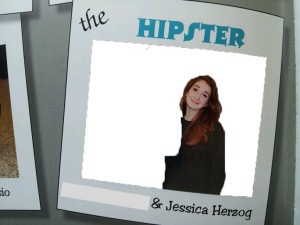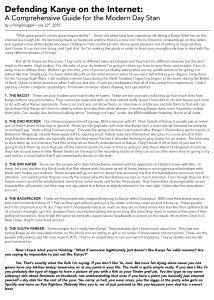Topics like objective beauty and the importance of taste make up a good portion of the worry in my head as an artist/designer. These might all be symptoms of trying to predict the future. And of course, this thought pattern is fueled heavily (if not exclusively) by ego.
I was notorious among my peers for discussing art, music, pop culture, whatever to a nauseating degree. I would voice my opinion on everything and would not sugarcoat it. Actually, the more harsh, offensive, attention-grabbing, the better. It was annoying and everyone was sick of it, but it got me plenty of attention. (See: my high school senior superlative)

the other person who was deemed my counterpart for this title was the only dude that could tolerate/enjoy my bravely voiced opinions. I’ll give it to him, because he was equally if not more annoying.
Often upheld in history are the opinions of the academic, the intellectual, the professional, the connoisseur. Opinions that have been justified to be exceptionally significant.
Recently since our reading and writing skills have become widespread, it seems that those two things are all you need to get your opinion exposed to a community of millions. The next step: make a blog. Even better, maintain this blog for a long enough time —> ??? —> ????? —> become a fleeting ‘contributor’ to websites that publish glorified blog posts as bonafide ~*~articles~*~! Hundreds of people are now entertaining your thoughts. Your master-think-pieces.
It really is a beautifully powerful thing. This newfound accessibility and variety of opinions that have gained traction in the last decade is exciting. Rants, mock-arguments and criticisms are able to reach new depths of digesting entertainment.
However, before it’s all fun and games, there are usually some burns to tend to; stuff that cuts and jabs. Some arguments go to excruciatingly personal lengths to target those who might disagree. (See: Defending Kanye on the Internet)
It was a cool move of the author Nishant Kothary to make contrasting references – quoting both significant , published critics with those whose opinions are far less significant to the academic community, but are equally published nonetheless.

